Ahead of her appearance at RWRC’s Be Inspired virtual conference, Europe’s largest diversity event, HR director Gillespie explains why diversity and inclusion are “mission-critical” for businesses – particularly in the pandemic situation when company culture is more important than ever.
Catherine Gillespie knows a thing or two about setting HR directives and leading cultural change. She has worked at Coca-Cola European Partners (CCEP) for more than 17 years, holding senior roles in HR and talent and most recently as HR director.
Gillespie is responsible for delivering on the FMCG giant’s people strategy and ensuring “an enhanced employee experience with a strong focus on building capabilities and an inclusive culture”.
Offering a glimpse of what to expect at the Be Inspired virtual conference – running from June 15-19 – we asked Gillespie to share her learnings and advice for retailers looking to create an inclusive company culture and a sense of belonging.
Why is an inclusive culture so important for businesses?
We have defined an inclusive culture at CCEP as one where every employee is invited to “Be yourself, be valued, belong”. We want everyone to be their full selves at work, to feel valued for bringing their individual strengths and to feel like they belong to our team, to our plans and our brands.
We think about it as inclusion and diversity – so I&D, not diversity and inclusion (D&I) – as this really sharpens our focus in that, before anything else, we need to create an inclusive culture.
Diversity can’t thrive without an inclusive culture, similarly, you can’t say you are an inclusive business unless you have diversity.
I&D are mission-critical for businesses for the following reasons – many of which are well documented:
- Businesses should reflect the communities they serve
- Inclusive cultures are proven to have higher levels of employee engagement
- Inclusive and diverse teams are more creative and drive better business results
- Shareholders are more likely to invest diverse organisations because they can better identify opportunities for long-term growth.
- Above all, employees simply expect to work for a brand that values inclusion and diversity.
What’s the most impactful change you’ve introduced at CCEP?
Broadening our focus from D&I and being largely gender focused to instead leading with inclusion and putting our efforts into creating an inclusive culture.
“We think about it as inclusion and diversity – not diversity and inclusion – as this really sharpens our focus in that, before anything else, we need to create an inclusive culture.”
The biggest enabler to this has been our #JustBe inclusion ambassador network who are a very active group and represent every function and team within the business.
We bring the message of inclusion to life, activating diversity campaigns to raise awareness, holding each other accountable and learning from each other.
…And what’s the biggest challenge you’ve encountered?
It’s easy to get stuck in defining the rational business case for inclusion and diversity and trying to convince stakeholders of this.
Instead, more progress can be made by businesses leaders by defining what a more inclusive culture feels like, turning it into a mantra, helping people see how they can contribute to creating an inclusive culture and then making this message mainstream.
What’s your best advice for retailers to lead with inclusion?
Create a philosophy and stand by it. For us at CCEP “Be yourself, be valued, belong” isn’t a strategy – it’s a philosophy, you simply can’t opt-out. This way you create an expectation from everyone. HR and I&D specialists are catalysts for change, but I&D actions should be owned by the whole business.
Create a safe environment where vulnerability is embraced. The phrase “If you aren’t consciously including people, you are likely to be subconsciously excluding people” really rings true. Create consciousness of how inclusive your business is behaving and what opportunities there are to be even more inclusive.
Create a community of change-makers. For us this comes from our #JustBe inclusion ambassador network. (NB: Retail Week has also been delivering on this via its Be Inspired ambassador network here.)
“HR and I&D specialists are catalysts for change, but I&D actions should be owned by the whole business”
Adopt a continual “hacker” mindset towards inclusion and diversity. There are lots of things that will spark change and you’ll need to test and learn, there aren’t any silver bullets.
Create open forums. We’ve also found that facilitating discussions around what has made colleagues feel excluded has helped people reflect on what being included means.
Lastly, if you could be remembered for just one thing, what would it be?
Making a meaningful difference in creating truly inclusive cultures and equitable workplaces where diverse talent can flourish.

Join Catherine Gillespie and your peers from retail at the Be Inspired virtual conference, a free week-long series of incredible keynotes, interactive workshops, panel discussions, one-to-one mentoring and so much more.
Save your seat here today.
Running from June 15-19, the Be Inspired virtual conference is free to attend and you’ll hear from retail executives and business leaders behind Farfetch, Pets at Home, Rodial, Figleaves, Spotify and Dunelm to name just a few.
The conference forms part of the wider Be Inspired programme, which promotes diversity at all levels of retail and encourages everyone to fulfil their career aspirations.

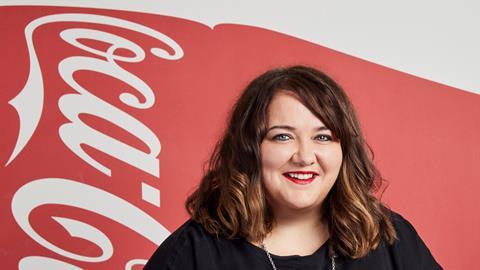

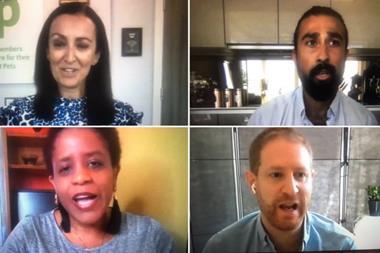
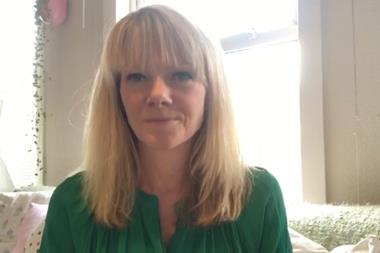
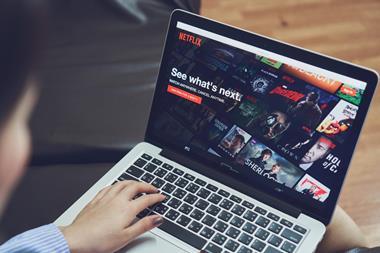
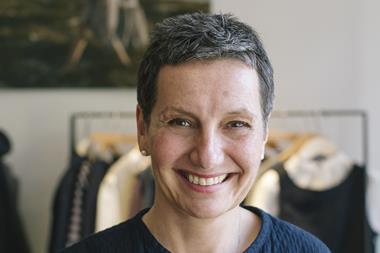
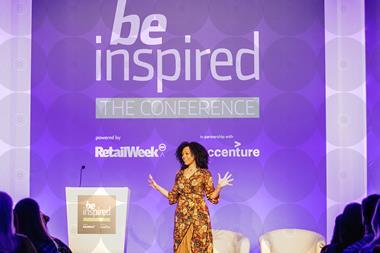
No comments yet